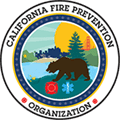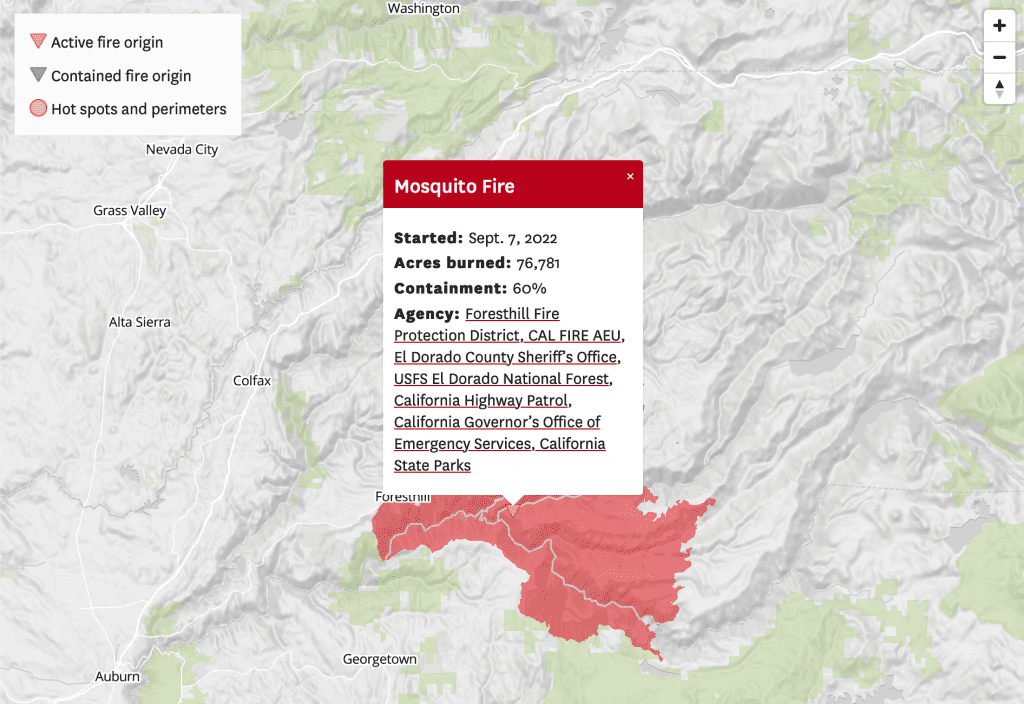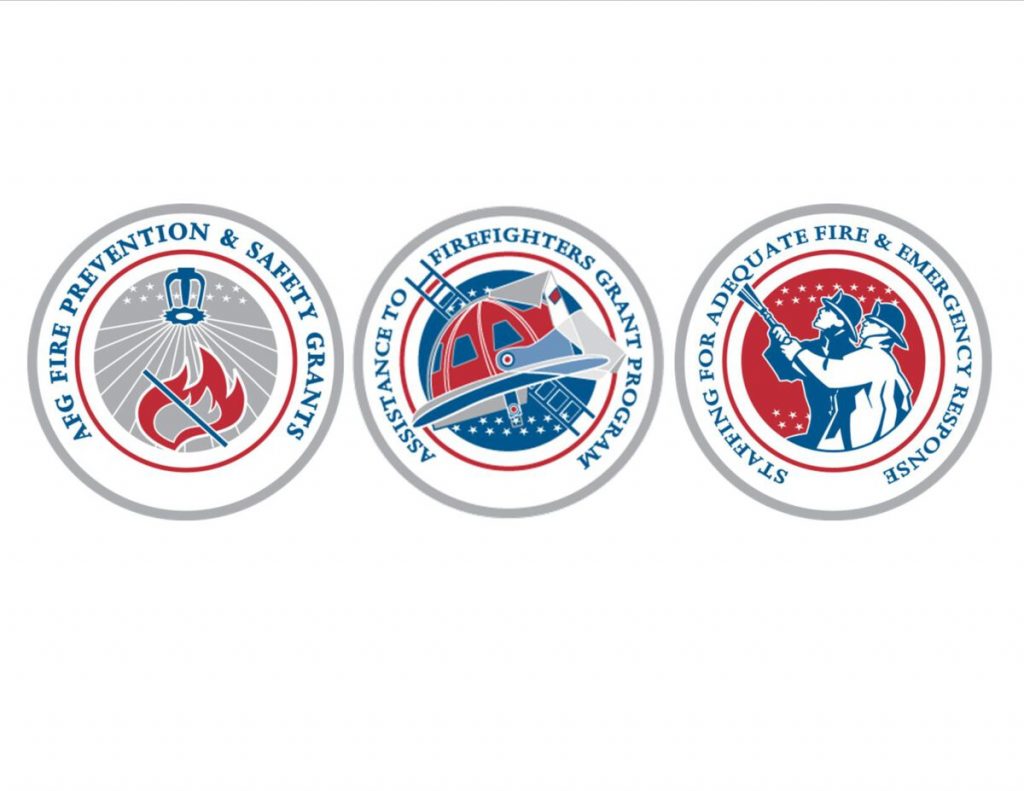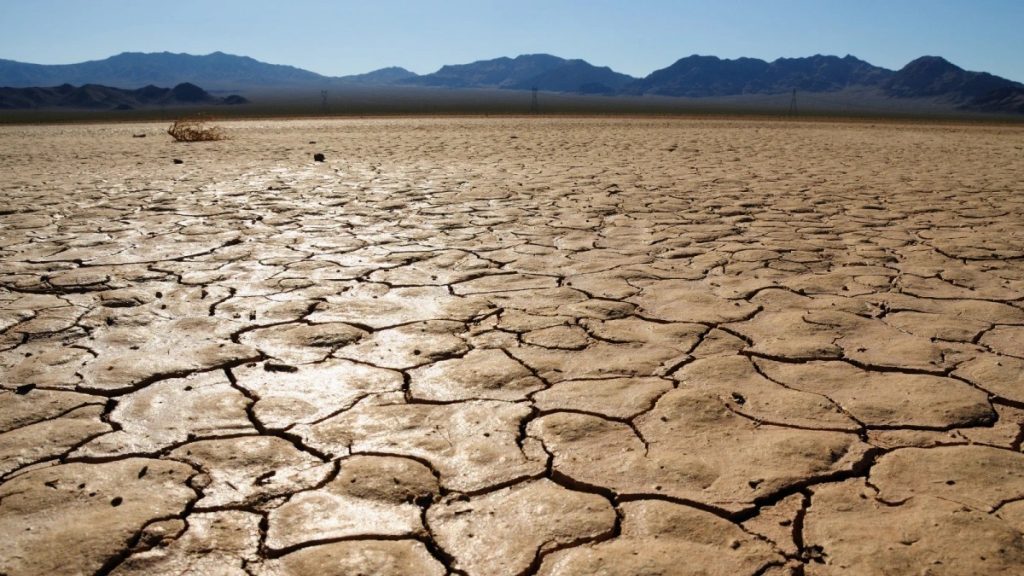Earthquakes 101
The science of earthquakes
What is an earthquake?
Everyone living on our planet lives on top of a tectonic plate – a block of earth. The earth’s crust is made up of a lot of these blocks overlapping, and butting up against each other. Where the blocks meet and overlap, are fault lines. Earthquakes happen when the blocks move against each other and cause ground shaking.
Most of us in California happen to live very close to where two large plates meet – the Pacific Plate stretching west into the Pacific Ocean, and the North American Plate, stretching east toward the rest of the United States. Where these two plates meet is a very long, and very famous fault line called the San Andreas Fault.
Listen up! Earthquakes are sound
Earthquakes are actually seismic waves – yes, that’s sound. The waves are produced when the tectonic plates, that have been stuck to each other through friction, gather up energy and suddenly move, releasing that energy in the form of seismic waves. The energy radiates out from the fault, moving through the solid earth like ripples over a pond. When those ripples of seismic waves reach the earth’s surface, they shake the ground…and us!
It’s shocking!
The biggest shaking that occurs in an earthquake is called the main shock. Many larger earthquakes have smaller tremors that happen before the main shock. We call those foreshocks. Unfortunately, not all destructive earthquakes have foreshocks big enough to warn us of the main shock that’s coming. Also, it’s only after the main shock occurs, that we know for sure that tremors that came before are foreshocks. This means that foreshocks can’t be used to predict earthquakes.
Many larger earthquakes have tremors that occur after the main earthquake. These are called aftershocks. They can happen months and even years after a large earthquake, and they can cause a great deal of damage to areas already devastated by a large quake.
Not all faults are alike
We know that fault lines occur where tectonic plates meet. But not all tectonic plates are moving against one another in the same manner.
Thrust Faults
In some cases one plate is moving OVER another plate. The movements are vertical. This creates a thrust fault. That was the type of plate movement that caused the 1994 Northridge Earthquake in California.
Strike Slip Faults
In other cases, the plates are sliding against each other in opposite directions. The movement is horizontal, and this is called a strike slip fault. Strike slip faults are known for storing up energy over a longer period of time than most thrust faults. When longer strike slip faults final rip, earthquakes can be longer in duration and more destructive because of the length of shaking. The San Andreas Fault is a strike slip fault.
How we measure earthquakes
Scientists use seismographs to measure earthquakes. Seismographs get their information from censors placed below the surface of the earth. The censors measure the amount of shaking on the earth’s surface by measuring the sound waves produced by the movements along fault lines. The United States Geological Survey has placed censors all over California. In fact, California is considered one of the most carefully monitored regions in the world.
Old fashioned seismographs used to have drums of paper, with a needled resting on the cylinder. It would create wiggly lines when it registered the earth’s movements. Short wiggles registered smaller earthquakes. Longer wiggles meant stronger earthquakes. The strength of earth movement during an earthquake is called a magnitude. We still measure the earth’s movement with seismographs in units of magnitude, but today, the movements are measured by computers that are fed data from the many sensors placed all over the earth.



